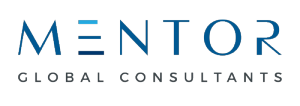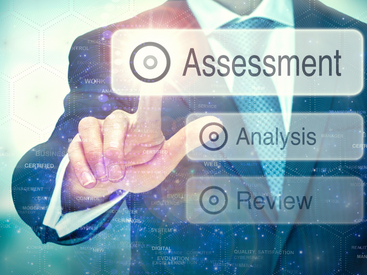One bank's implementation of competency modeling to improve talent management processes.

DEFINING TALENT THROUGH COMPETENCIES
With the complexity and variety of activities involved in organizational talent management, it is vital to have standardized systems and methods in place for all relevant activities to ensure consistency and cohesion. Competency modeling is used as an approach that defines all roles in an organization through a system of behaviors and skills, and is used to identify appropriate candidates for each role, assess their performance and drive their development.
A COMMON LANGUAGE IN TALENT MANAGEMENT
That very need to establish a standard system in talent related processes was the driver behind one bank's decision to adopt an organization-wide competency framework to manage its 5,000 strong workforce located across 90 offices and branches.
The bank needed to improve the success rate of its recruitment activities, ensure that its training programs were more customized to individual employees and better aligned with their roles and career planning. It also needed to establish a consistent method in assessing its employees to ensure fairness and accuracy.
HOW WE HELPED
The task was assigned to Mentor Global Consultants and involved developing a comprehensive competency framework for all job roles within the bank to categorize employee abilities in three areas: banking foundation skills (core competencies), technical competencies, and behavioral competencies.
The aim was to deliver a framework that clearly defines abilities and allocates responsibilities, is customized to the bank's needs and culture and compliant to local regulations while being global in its outlook. It would also create a foundation for all activities managing the employee life-cycle, and be practical and effective in implementation.
PHASE 1 PLANNING & DATA COLLECTION
Following a series of meetings with the project steering committee to gain more insight on the banks strategy and operations, MENTOR continued gathering data by conducting a total of 160 focus groups with various managers and employees. Combined with job description information, this established a thorough understanding of job group functions and individual roles.
PHASE 2 COMPETENCY STRUCTURING
Next, the strategy behind the framework's construction and integration was identified, and work began on defining competencies and creating the framework. This was based on data from the previous phase, benchmarking with industry best practices, and alignment with the organization's strategy, operations and culture.
Technical and banking foundation skills were mapped against job groups and positions, while behavioral skills were mapped against grades. The framework defined all required competencies for every role in the bank's business groups and units, and set ratings and 5 proficiency levels, with a clear outline provided of the type and level of abilities required to fulfill each role successfully.
PHASE 3 REVIEW & DELIVERY
A total of 23 workshops were held to evaluate the framework with group heads, after which a final version was presented and outlined in a comprehensive guide. This covered framework strategy, competency types, levels and definitions, competency mapping and dictionaries, and an explanation of how to implement the framework in talent processes, and make future changes to the model.
PHASE 4 - IMPLEMENTATION
Finally, a change management roadmap was created for the model's integration into processes like assessing recruitment candidates / employees, performance management, training, and developing high performers and high potential talent. To facilitate its use in recruitment, a recruitment guide was provided with assessment guidelines and over 1000 interview questions to evaluate candidate competencies. Similarly, to ensure that training activity is aligned to the new model, MENTOR reviewed 140 courses to analyze the competencies they address and identify course offering gaps.
FRAMEWORK IN NUMBERS
- 20 business groups covered
- 36 business units covered
- 51 core competencies
- 135 technical competencies and 12 behavioral competencies
- 922 unique job roles mapped
BUSINESS IMPACT
With thorough planning and research and deep industry expertise, MENTOR helped its client to introduce a consistent approach that redefined talent management processes, and did so with minimal disruption. The framework was adopted easily by the bank's workforce, and empowered managers and employees by offering a clear and comprehensive picture of success requirements for every role in the bank.
_________
TALK TO US
Read more about our talent management services or speak to a consultant to discuss implementing a competency framework in your organization.











